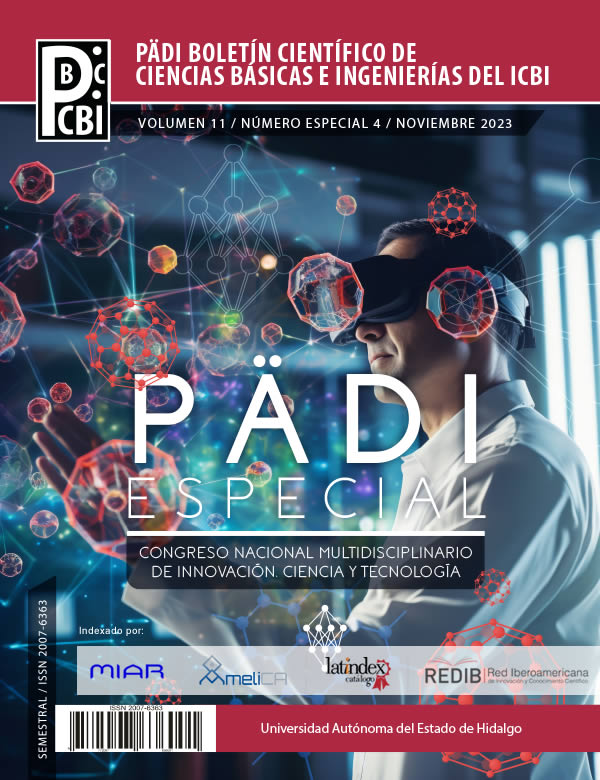Analysis of an adaptive cruise control under low visibility conditions
Abstract
This work presents the analysis of an adaptive cruise control system for robotic vehicles. The proposed adaptive cruise control system assists in preventing rear-end collisions in low-visibility scenarios. Collision avoidance is achieved through speed adjustment, which is dependent on the distance from the vehicle in front of the robotic vehicle. It is implemented using computer vision, adaptive control, embedded systems, and computer-aided design. The functionality of the proposed system is analyzed through tests on terrains with varying inclinations, as well as in controlled scenarios with good visibility and poor visibility. Lack of visibility is a critical scenario in this work because, in case of limited visibility in the environment, the computer vision system will stop detecting vehicles. Then, LiDAR and radar sensors will measure the distance and speed of the vehicle ahead, and based on this data, reduce or maintain the vehicle's speed.
Downloads
References
Aboujja, S., Chu, D., & Bean, D. (2022). Multi-junction long-wavelength laser diode in long range LiDAR for high speed autonomous vehicles. En Laser Radar Technology and Applications (págs. 23-24). Orlando: SPIE. doi:10.1117/12.2618326
Andan, S., & Ohol, S. S. (Octubre de 2022). Modelling and simulation of adaptive cruise control and overtake assist system. Materials Today: Proceedings. ScienceDirect, 72, 1353-1360. doi:10.1016/j.matpr.2022.09.330
Barton, D. K. (2005). Radar System Analysis and Modeling. Norwood: ARTECH HOUSE, INC.
Bochkovskiy, A., Wang, C. Y., & Liao, H. M. (2020). YOLOv4: Optimal Speed and Accuracy of Object Detection. arXiv preprint. doi:10.48550/arXiv.2004.10934
Chandan, G., Jain, A., & Jain, H. (Julio de 2018). Real time object detection and tracking using deep learning and OpenCV. En 2018 (ICIRCA), (págs. 1305-1306). Coimbatore: IEEE. doi:0.1109/ICIRCA.2018.8597266
Cognex Corporation. (2016). Introducción a la visión artificial.
Faisal, I. A., Purboyo, T. W., & Ansori, A. S. (2020). A Review of Accelerometer Sensor and Gyroscope Sensor in IMU Sensors on Motion Capture. J. Eng. Appl. Sci, 15(3), 826-829. doi:10.36478/jeasci.2020.826.829
I. Serrano, A. S., & López Peña, A. M. (2017). YOLO Object detection for onboard driving images. ddd. uab. cat.
Jain, R., Kasturi, R., & Schunck, B. G. (1995). Machine Vision (Vol. 5). New York: McGraw-hill.
Khader, M., & Cherian, S. (2020). An Introduction to Automotive lidar. Texas instruments.
Malle, N. H., Nyboe, F. F., & Ebeid, E. (2022). Onboard Powerline Perception System for UAVs Using mmWave Radar and FPGA-Accelerated Vision. IEEE Access, 10, 113543-113559. doi:0.1109/ACCESS.2022.3217537
Rajamani, R. (2011). Vehicle Dynamics and Control. Minneapolis: Springer Science & Business Media. doi:10.1007/978-1-4614-1433-9
Rajamani, R., & Zhu, C. (Septiembre de 2002). Semi-autonomous adaptive cruise control systems. IEEE Traansactions on Vehicular Technology, 51(5), 1186-1192. doi:10.1109/TVT.2002.800617
Redmon, J., Divvala, S., Girshick, R., & Farhadi, A. (2016). You Only Look Once: Unified, Real-time object detection. En 2016 IEEE Conference on Computer Vision and Pattern Recognition (CVPR) (págs. 779-788). Las Vegas: IEEE. doi:10.1109/CVPR.2016.91
Rubio, F. R., & López Sánchez, M. J. (1996). Control adaptativo. En Control adaptativo y robusto (Vol. 9, págs. 10-16). Sevilla: Secretariado de publicaciones de la universidad de Sevilla.
Sanabria S, J. J., & Archila D, J. F. (Diciembre de 2011). Detección y análisis de movimiento usando visión artificial. Scientia Et Technica, 16(49), 180-188.
Santiago Cruz, J. A. (2016). Radar detector de objetos. Instituto Politécnico Nacional, Tesis de licenciatura. ESIME Zacatenco. Ciudad de México: IPN. Obtenido de https://tesis.ipn.mx/handle/123456789/22009
Saxena, M. R., Pathak, A., Singh, A. P., & Shukla, I. (2019). Real time object detection using machine learning and OpenCV. Int J Inform Sci Appl (IJISA), 11(1), 0974-225.
Shakouri, P., Czeczot, J., & Ordys, A. (2015). Simulation Validation of Three Nonlinear Model-Based Controllers in the Adaptive Cruise Control System. J Intell Robot Syst, 80, 207-229. doi:10.1007/s10846-014-0128-4
Copyright (c) 2023 Allan Christopher Coronado-Andrade, Gabriel Alejandro Bañuelos-Peña, Juan Eduardo Velázquez-Velázquez , Diego Adrián Fabila-Bustos, Josué Daniel Rivera-Fernández

This work is licensed under a Creative Commons Attribution-NonCommercial-NoDerivatives 4.0 International License.













